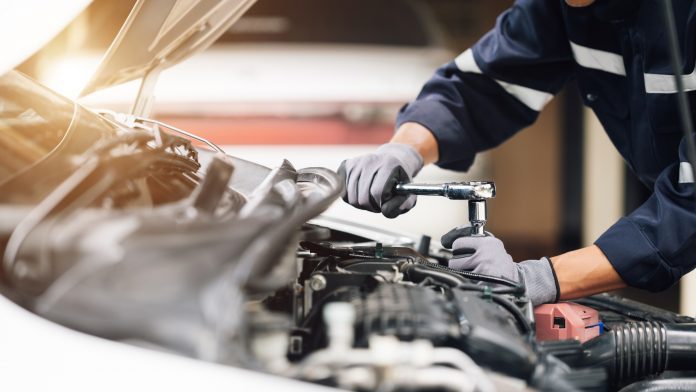A dependable vehicle is crucial for most American citizens, as the nation’s infrastructure remains highly vehicle-dependent. The recent J.D. Power 2025 U.S. Vehicle Dependability Study reveals a troubling trend in the market: vehicle problems after three years of ownership have reached the highest levels since 2009. The study, which includes responses from 34,175 original owners of 2022 model-year vehicles after three years of ownership, is a key indicator of the industry’s current state.
In comparison to the results from 2024, the 2025 study found a 6% increase in problems per 100 vehicles (PP100), which translates to an increase of 12 PP100, bringing the industry’s average to 202 PP100. This upward trend is primarily attributed to ongoing challenges in the automotive industry, including software defects, supply chain issues, record-high vehicle prices, and workforce shortages—challenges that have persisted as the industry recovers from the pandemic’s disruptive effects.
Software defects and technology issues on the rise
A notable portion of these problems is rooted in software issues, which accounted for 9% of the total problems experienced by owners within the first three years of vehicle ownership. This is particularly concerning as vehicles become increasingly reliant on software systems.
The study’s findings indicate that problems related to Android Auto and Apple CarPlay connectivity remain a significant issue, with complaints rising to 8.4 PP100 from 6.3 PP100 in 2024. Additional software-related issues include problems with Bluetooth systems (4.6 PP100) and Wi-Fi connectivity (2.4 PP100). These connectivity challenges are among car owners’ most common pain points, particularly as smartphone integration has become an essential feature for many modern vehicles.
Half of the top 10 problems in the industry are linked to smartphone integration, usage, or connectivity. This issue is exacerbated by the rapid pace of change in smartphone technology, making it difficult for automakers to keep up.
Over-the-air (OTA) updates have been seen as a potential solution to outdated software, with 36% of owners reporting that they performed an OTA update on their vehicles. However, only 30% of these owners noted a significant improvement after the update, while 56% said there was no noticeable change.
Mixed Electric vehicle (EV) performance results
When it comes to electric vehicles, the study revealed a mixed bag of results. Battery electric vehicles (BEVs) have shown significant improvement, with a decrease of 33 PP100, bringing their average to 223 PP100. This is a positive sign for the future of BEVs, but it’s important to note that the gap between BEVs and other fuel types is still notable.
Plug-in hybrid electric vehicles (PHEVs) saw a 26 PP100 increase in problems, making PHEVs the most problematic category for the second consecutive year, with an average of 242 PP100.
Hybrid vehicles experienced the least number of issues, with an average of 199 PP100, while traditional gas-powered vehicles came in at 200 PP100. While BEVs have made progress, the performance gap between them and hybrids or gas-powered vehicles remains a key area for improvement as automakers continue to refine electric powertrains and expand EV options.
Challenges for new models
Another concerning trend revealed in the study is the poor performance of new model launches. Of the 27 new models introduced in the 2022 model year, only four performed better than their segment average for dependability in the 2025 study. New models launched in 2022 averaged 241 PP100, compared to 196 PP100 for carryover models, which outperformed new releases in all nine major vehicle categories. This suggests that the ongoing challenges the automotive industry faces—particularly the strain caused by pandemic-related disruptions—are impacting the quality and dependability of new vehicles.
Top brands and models for vehicle dependability
Regarding brand performance, Lexus ranked the highest overall in vehicle dependability, securing the top spot for a third consecutive year with a score of 140 PP100. Cadillac (169 PP100) and Porsche (186 PP100) rounded out the top three among premium brands. Buick led the way in the mass-market segment with 143 PP100, followed by Mazda (161 PP100) and Toyota (162 PP100).
Regarding model performance, Toyota Motor Corporation stood out with six model-level awards, including the Toyota Avalon, Lexus GX, Toyota Camry, Toyota Corolla, Toyota RAV4, and Toyota Tacoma. General Motors also garnered six model-level awards, with top-performing models such as the Cadillac XT6, Chevrolet Corvette, Chevrolet Silverado, and GMC Acadia. Nissan also received two model-level awards for the Nissan Kicks and Nissan Murano.



